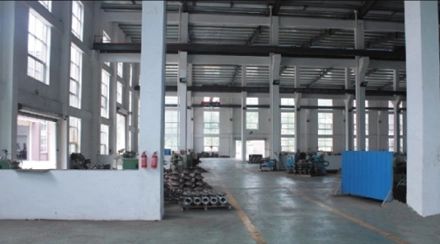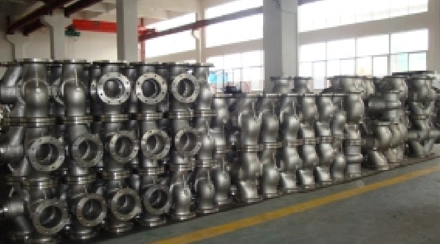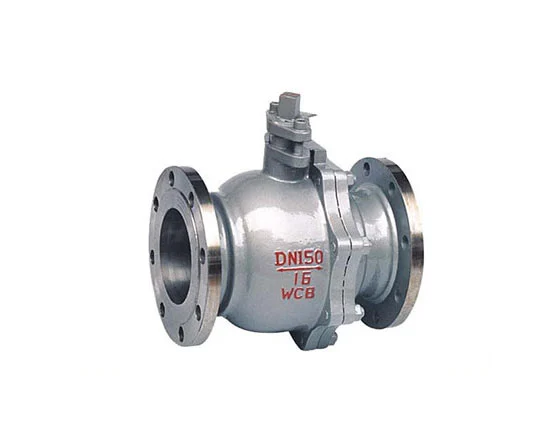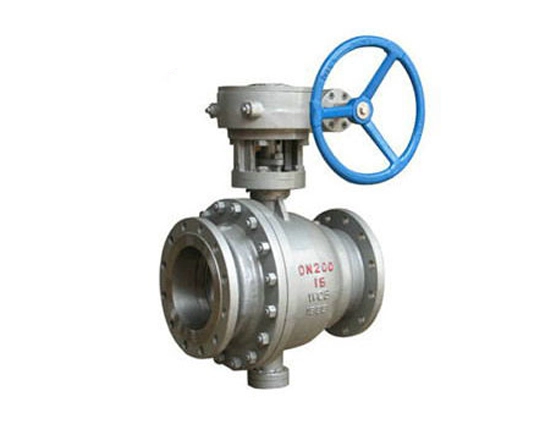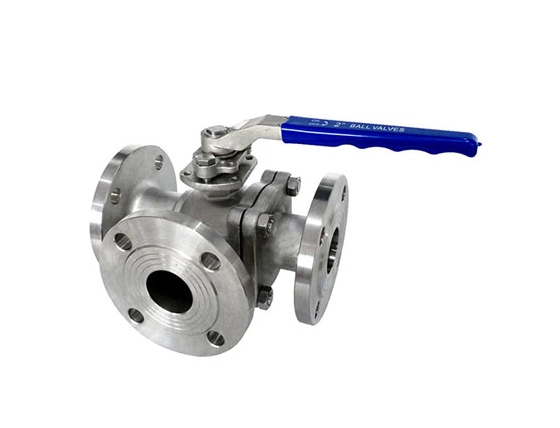en
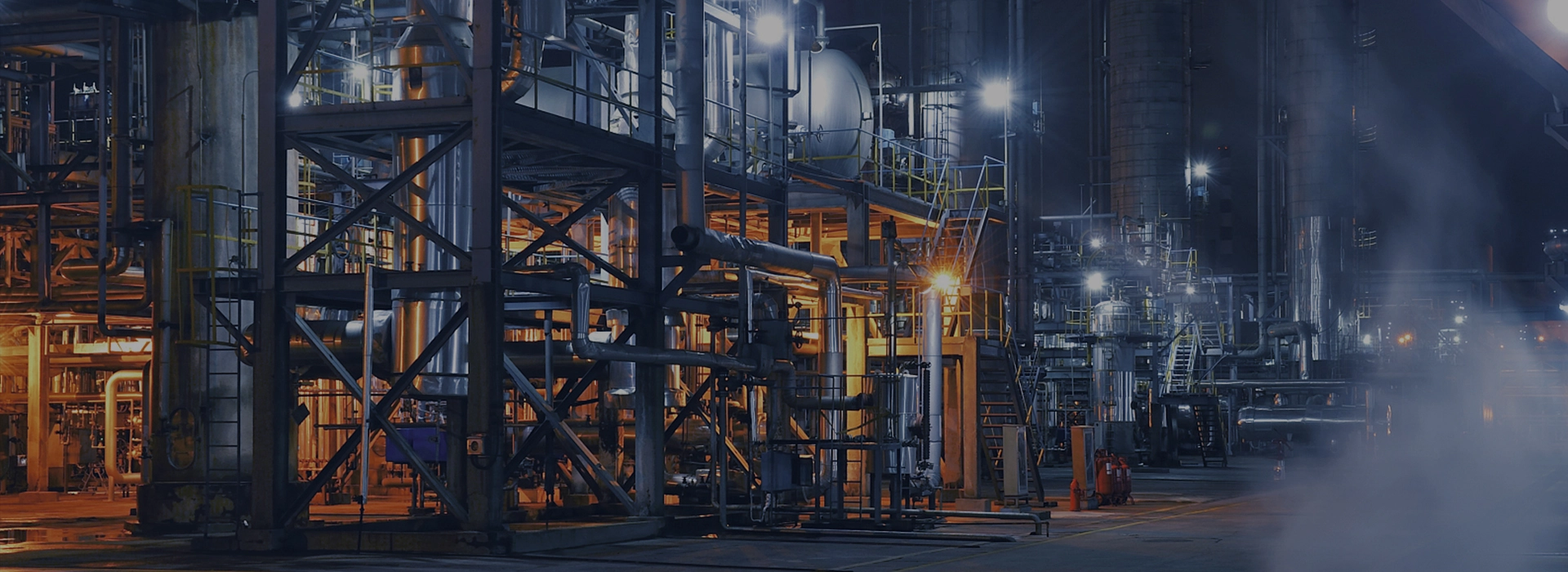
Since Gangye was established for more than 20 years, it has been providing customers with various ball valves, such as floating steel ball valves, fixed ball valves, forged steel ball valves, etc. As one of ball valve ball manufacturers, Gangye can produce 1/2inch-40inch, pressure rating between 150-1500 Forged and cast ball valves. Contact us for more information about ball valves for sale!
A floating ball valve features a ball that is not fixed but held in place by the compression of two elastomeric seats against it. This design allows the ball to float slightly downstream, ensuring a tight seal. It's commonly used for low to medium-pressure applications in various industries.
A fixed ball valve secures the ball in a fixed position between two seats, providing enhanced control and stability under high-pressure conditions. This robust design is ideal for handling gas and liquids in energy, petrochemical, and process industries, ensuring reliable operation and tight sealing.
A three-piece ball valve consists of three separate pieces: two end caps and a body that holds the ball mechanism. This design allows for easy disassembly, maintenance, and cleaning without removing the entire valve from the pipeline. It's versatile and widely used across various industries.
A four-way ball valve directs flow in multiple directions, typically managing distribution through one inlet to three outlets or vice versa. It offers great versatility for switching between different pipes or combining flows, ideal for complex plumbing systems that require directional control.
A ball valve is a crucial component in pipelines, functioning as a quarter-turn valve for regulating fluid flow. Its name is derived from the spherical or ball-shaped closure mechanism housed within the valve body. By rotating this ball a quarter turn (90 degrees) around its axis, the flow of liquids or gases can be controlled, either allowing passage or blocking it entirely. These valves are widely employed across industries owing to their dependability, straightforward operation, and adaptability. Known for their extended lifespan, they offer reliable sealing even during prolonged periods of disuse. Furthermore, ball valves exhibit superior resistance to contaminated media compared to many other valve types, making them highly versatile and durable options for fluid control systems.
The components of a ball valve include:
Valve Body: The outer casing housing all internal parts, providing connections for inlet and outlet pipes.
Ball: The central component controlling fluid flow. It has a hollow, perforated spherical shape with a bore through the center. Rotating the ball aligns the bore with the flow path to allow fluid passage or blocks it when closed.
Seat: A sealing surface within the valve body against which the ball makes contact when closed. Ensures a tight seal to prevent leakage, often made of resilient materials like PTFE (Teflon) or reinforced plastics.
Stem: Connects the ball to the actuator (e.g., lever, handwheel, pneumatic, or electric actuator), transmitting rotational motion to open or close the valve.
Bearings: Support the stem within the valve body, enabling smooth rotation of the ball, reducing friction and wear, and ensuring proper alignment.
Actuator: Mechanism operating the ball valve, either manual (lever, handwheel) or automated (pneumatic, electric actuator). Rotates the stem to open or close the valve.
The flow resistance of the ball valve to the medium on the pipeline is the lowest, usually the flow resistance is 0
The ball valve will not be stuck when working, so it is more reliable when used in corrosive media and low boiling point media
When the ball valve works on the pipeline, it can achieve a completely sealed state
The closing and opening time of the ball valve is very fast
The internal structure of the ball valve is compact, so that the weight of the ball valve becomes lighter
The spherical closing part inside the ball valve can realize automatic and automatic positioning on the boundary position
Ball valves are widely used in various industries, including oil and gas, chemical, water treatment, HVAC (heating, ventilation, and air conditioning), pharmaceuticals, and process industries. They are commonly found in applications where reliable shut-off and flow control are required.
From a functional standpoint, the operation of ball valves can be elucidated as follows:
Irrespective of whether it's manually or actuator driven, an external force is applied to rotate the lever or handle, effecting a quarter-turn to open the valve. This force is transmitted to the stem, inducing the movement of the ball disc to an open position.
During this action, the hollowed side of the ball disc aligns with the direction of media flow. At this juncture, the lever is positioned perpendicular to the flow, while the port is parallel to it. A handle stop mechanism is typically incorporated near the junction of the stem and bonnet, limiting rotation to a quarter-turn.
To close the valve, the lever is rotated back by a quarter-turn. Consequently, the stem orchestrates a reversal of the ball disc, obstructing the media flow. In this closed configuration, the lever aligns parallel to the flow direction, with the port being perpendicular to it.

